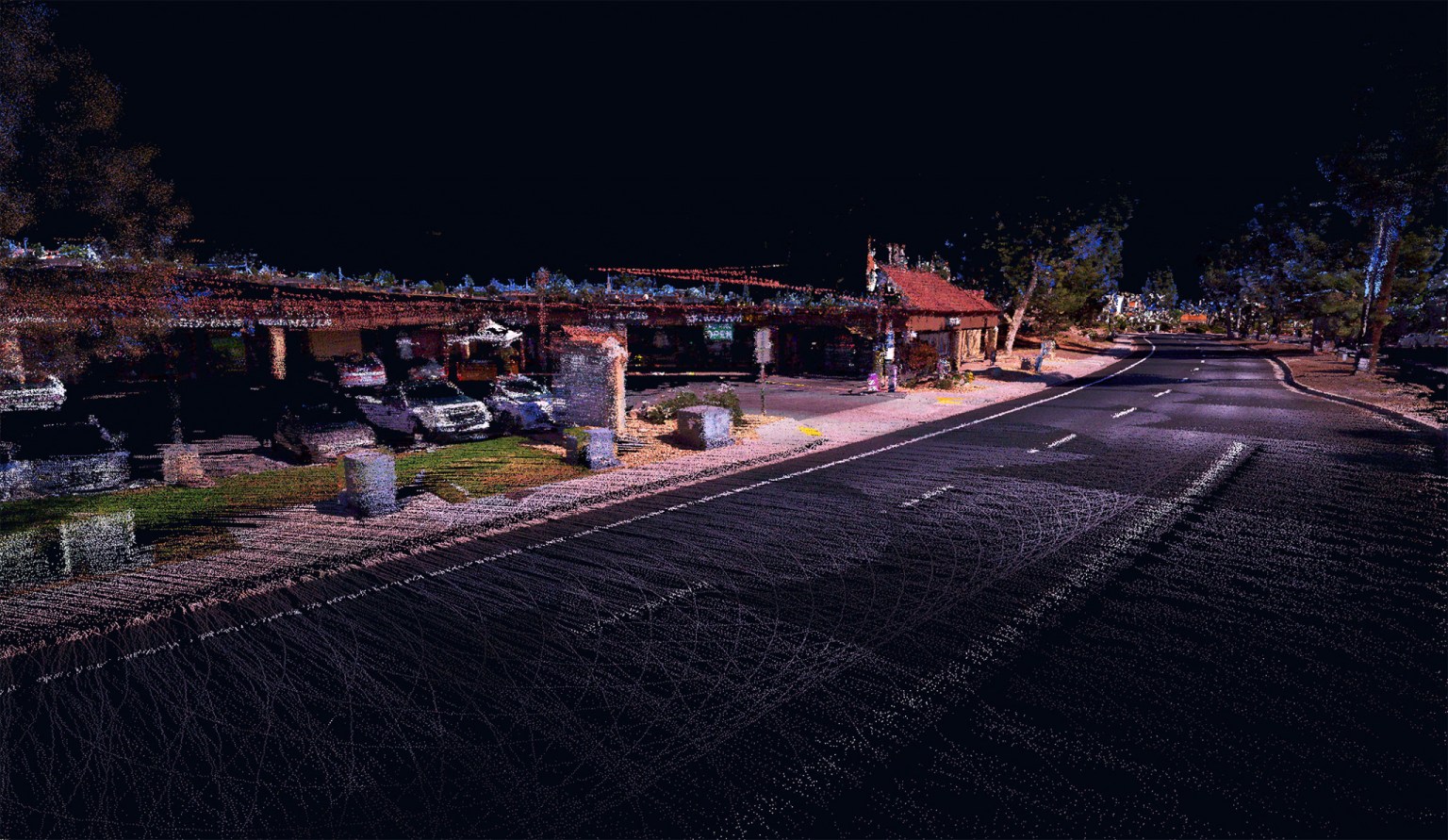Handheld and affordable lidar brings scanning into more hands
For surveying, the utmost priority when laser scanning is accuracy – millimeter accuracy being necessary for precision of placement of sensitive industrial equipment and other complex infrastructure. However, lidar for quite some time remained expensive – and traditional scanners were also slow to use across large sites without extra registration steps along the way. These added time dimensions were difficult to scale – so the largest projects would sometimes get only partial scans, or a scan at completion rather than during the construction process.
SLAM lidar, capable of self-location and positioning, made a big splash recently, and has been growing rapidly. The ability to scan continuously, as well as to remove the need for specific targets in many cases, broadens the applications of lidar to keeping track of construction throughout the construction process, and reaching areas not previously reachable.
This mid-range SLAM lidar has taken many forms – from the single-hand Leica BLK to versions added to the Boston Dynamics SPOT robot to walk construction sites automatically, to new form factors purpose-built for difficult environments like the NavVis VLX.
The accuracy of these SLAM scanners has increased since their debut, with cloud computing and advanced algorithms supporting the registration process. Paired with software that leverages AI to enhance classification such as Pointly, SLAM is being brought to new industries and audiences – putting scanning into more hands.
If the price tag for these devices is still out of the price range for some applications – this year yet another option was launched from Apple. Apple designed the pro models of the iPad and iPhone 12 to include lidar. While the tech was added primarily to sense 3D environments to enhance the placement of augmented reality objects, several companies have already launched scanning apps that use the sensor. While certainly not as accurate as a dedicated SLAM lidar, it may be “good enough” for yet another suite of applications – including training, real estate, interior design, and even event planning.
Before the Apple announcements, it was rare to find articles written about lidar in the mainstream media – but a suite of articles explaining lidar and its potential are now much more common to see. 3D scanning as we know it is on the cusp of becoming mainstream – and that might have effects at all of the various levels of accuracy.
From Elon Musk’s rebuff to Apple’s adoption
When it comes to self-driving vehicles, computer vision and automation, lidar went from being a fringe technology to one with serious potential, thanks to more advanced computing, but also improved algorithms for object detection. Scanning the road ahead of autonomous vehicles with lidar has the advantage over camera-only systems by being able to see in the dark, and through fog or other visual obstructions.
Elon Musk, CEO of Tesla Motors, famously dismissed using lidar for remote vehicle navigation as a “fool’s errand” but that has not stopped companies like Velodyne, Ouster, and Livox from continuing their pursuit of lidar systems for autonomous vehicles.
Velodyne Lidar made a splash at the end of 2019 by offering a $100 Lidar – a small, hockey puck-sized piece of hardware that was made to be modular and to fit into other systems. Since then, several handheld lidar providers, such as Kaarta, have also announced support for Velodyne’s technology to meet their own unique scanning applications.
This week, rumors began to circulate that Apple is developing its own self-driving vehicle, sending the prices of lidar company stock soaring. According to a Reuters article, Apple is hoping to launch a car by 2024, and it plans to do so with the assistance of lidar – possibly drawing from the lidar sensors that they already developed in house for the iPhone and iPad.
“Apple has decided to tap outside partners for elements of the system, including lidar sensors, which help self-driving cars get a three-dimensional view of the road, two people familiar with the company’s plans said.
Apple’s car might feature multiple lidar sensors for scanning different distances, another person said. Some sensors could be derived from Apple’s internally developed lidar units, that person said. Apple’s iPhone 12 Pro and iPad Pro models released this year both feature lidar sensors.”
As 2020 comes to a close, the future of lidar seems to be brighter than ever. Between the expanding applications of 3D technologies and increased investment in hardware and software technology development, lidar has tons of untapped potential.






